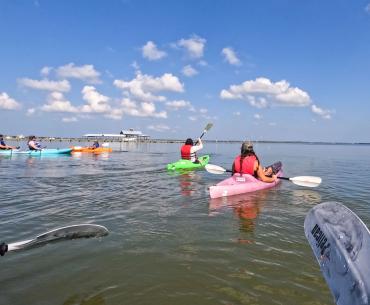
Nesting Shorebirds
in Gulf Shores & Orange Beach
You may walk along the beach and notice tiny footprints across the sand. They belong to shorebirds, a type of bird that nests in sand dunes. Though small, these cute creatures are essential to the local ecosystem. While you're visiting, we ask that you do your part to respect the shorebirds and other wildlife who call Alabama's Beaches home.
Shorebirds on Alabama's Beaches

Shorebird Species
Shorebird Species
Nine bird species commonly nest on Alabama's Beaches: Snowy Plovers, Wilson's Plover, American Oystercatcher, Black Skimmers, Least Terns, Gull-billed Tern, Royal Terns, Caspian Terns, and Sandwich Terns. A handful of these are species of conservation concern, which have declining populations and low reproductive success. This is why it's imperative we do all we can to help protect them.

Shorebird Nesting Season
Shorebird Nesting Season
The beach-nesting bird season is roughly mid-March through August. However, snowy plovers start staking out territories as early as late February, though.
On average adults will incubate eggs 24-27 days. Then it takes another 3-4 weeks for the chicks to be capable of flight. For almost two months, these birds are vulnerable to a variety of threats from the time they are laid to when they can fly at which point their odds of survival increase dramatically.

Shorebird Eggs
Shorebird Eggs
Most nests have on average three eggs, but the total eggs laid per nesting season depends on if the first nest they lay is successful or not. If a bird lays a nest early in the season and it fails, they will often attempt to re-nest, sometimes multiple times. Some birds will attempt to re-nest four or five times in a season if their nests keep failing. If a bird has a successful nest on their first attempt of the season, they may for a second nest.
How You Can Help Shorebirds
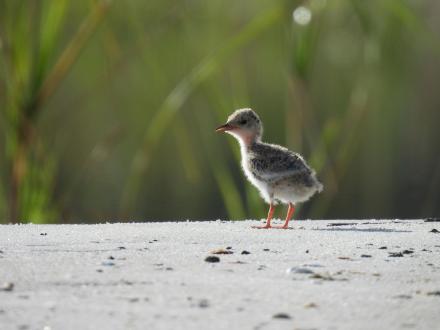
Watch Out for Nests
Watch Out for Nests
Shorebirds nest on the ground; the nests often blend into the sand. Be sure to watch where you step and never walk on sand dunes. If you do spot a nest, never attempt to move it or the chicks. Under the Migratory Bird Treaty Act, it is a federal crime to take, harm, or harass nesting shorebirds and is punishable with fines up to $100,00.
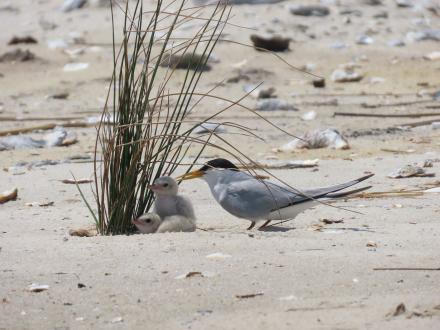
Don't Scare Birds
Don't Scare Birds
If adults with nesting eggs or chicks are scared away, it leaves the nests and young babies vulnerable to predators or the heat of the summer, which can be fatal.
Many shorebirds seen on the beach are long-distance migrants that stop here to rest and refuel. When beachgoers unnecessarily scare birds, it causes them to waste precious energy reserves or miss out on crucial foraging time.

Don't Dig Large Holes in the Sand
Don't Dig Large Holes in the Sand
Like sea turtles, holes are hazardous to nesting birds. Fill holes before leaving the beach; do not dig holes larger than 12 inches deep.
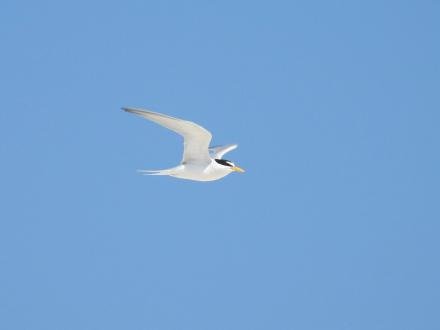
Don't Feed Birds
Don't Feed Birds
Keep wildlife wild. Coastal birds may beg for your food, but feeding them human food is unsuitable for their health. Human food is not a part of these animals' natural diets and can cause serious issues. Be sure to pick up any leftover food before you leave the beach.
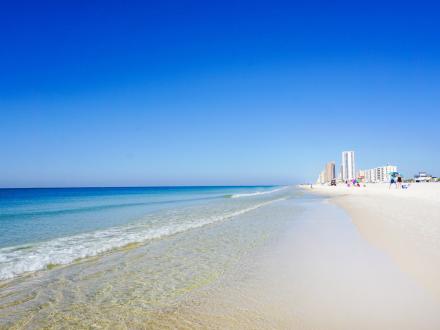
Take All of Your Belongings
Take All of Your Belongings
As always, Leave Only Footprints when visiting our beaches. Remove all items each day when on the beach. Anything left on the sand can be dangerous to local wildlife, as they may try to eat small objects or get stuck or tangled in leftover items.
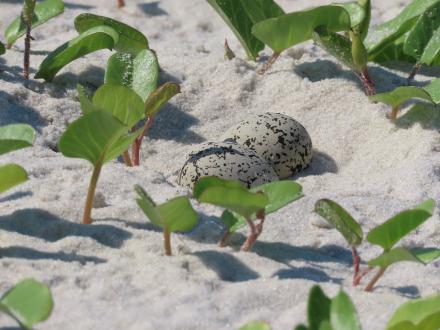
Report a Nest
Report a Nest
If you suspect you have found a bird nesting on the beach, contact Alabama Audubon. This organization monitors nesting birds and can assess any potential or confirmed nests. If beachgoers get too close to a nest, many birds will squawk or even dive at them. It's best to leave the nest alone, and the let the professionals handle it.
Birding on Alabama's Beaches
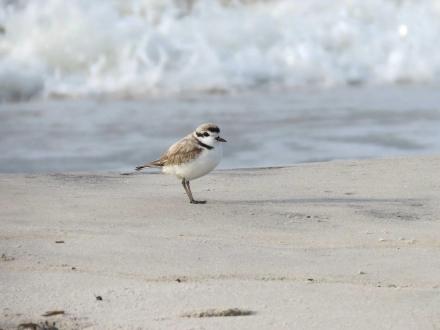
Our shores are home to critical habitats for many resident and migratory birds, and birdwatching is one of the best ways to experience our local ecosystems. From the shoreline and piers to trails and bays, you will spot a few feathery friends flying overhead along the Alabama Coastal Birding Trail. Next time you're on Alabama's Beaches, bring a pair of binoculars and keep your eyes peeled for birds.




